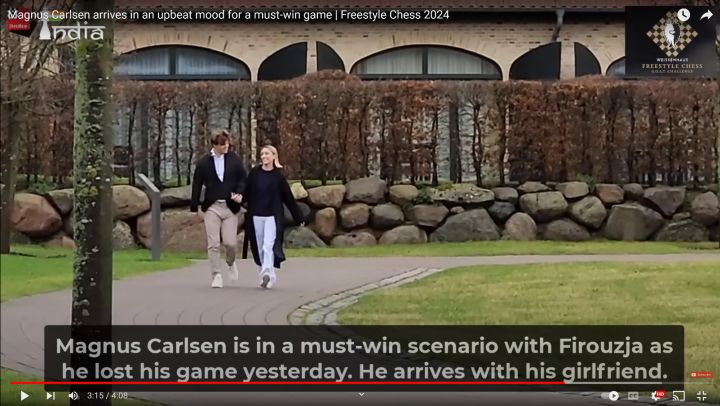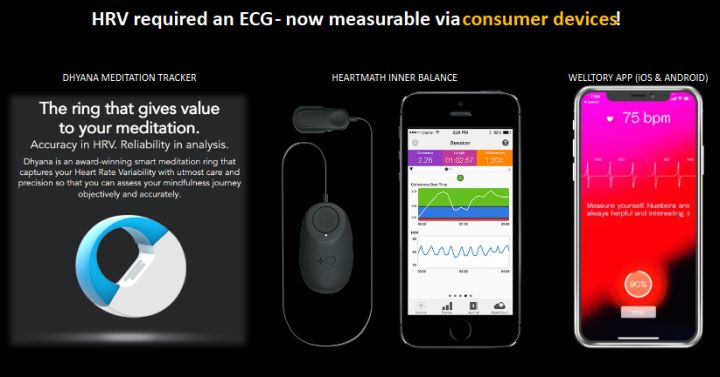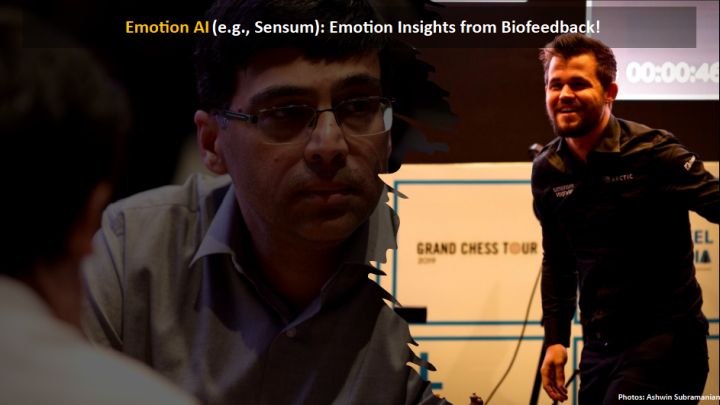


One thing that’s evident is that he does focus on being in a good mood – as my good friend and founder of ChessMood GM Avetik Grigoryan often says, "Right Mood = Right Move"! I was surprised to see this video about Magnus Barstad and his role in the 2021 World Chess Championship – his sums up his role as “having Magnus comfortable and getting him to perform at his highest level by making sure that the stuff he does, what happens around him is comfortable, familiar, he sees faces he wants to see and does things he wants to do” – essentially put him in the right mood!

During the Freestyle event, it was also amazing to watch Magnus arriving to his must-win game with his girlfriend in an upbeat mood! He seemed so calm throughout his game to not only his game but also the match in tie-breaks! I’ve read that positive emotions stimulate the vagus nerve that can help restore calm and access higher brain functions when someone feels anxious, uncertain, or out of control!

So, to beat the stress of chess and optimize your chess thinking, eat right to ensure stable energy levels, focus on your physical fitness to ensure a strong heart and train your heart rate variability (resonance breathing with positive visualization) to balance your nervous system and mental state (alertness and calmness)!
I would also like to reinforce a couple of important things here:
1. There is no universal “right” heart rate! However, the ability to recover from sudden heart rate spikes is critical!
a. Our heart rate varies based on factors like age, genetics, fitness, and overall health. What’s essential is recognizing our own baseline and understanding how it responds to different situations! When faced with danger or opportunity, our heart rate can surge due to the fight-or-flight response. If our heart rate remains elevated, it can impair clear thinking and decision-making. For example, if your baseline resting heartrate is 60 bpm and your optimum heart rate to ensure a certain level of alertness (sense of danger/opportunity) is around 100 bpm – a sudden increase in your heartrate to 150+ bpm will impair your ability to think clearly & find the right moves. When our heart rate spikes, our brain perceives danger. The emotional and subconscious parts take over, hindering rational thought and our brain prioritizes survival over logic!
b. In such situations, it’s important to be aware of how you are feeling and take deliberate action to calm your heart down using resonance breathing (longer exhales than inhales) coupled with positive emotions – based on your level of HRV training this can be a quick process and a few deliberate breaths can bring our heart rate back to a calm state. An analogy is if when train your muscles for weightlifting consistently your ability to suddenly handle a heavy weight in real life would be much better (without any painful injuries)! So take a few breaths (resonance breathing) - it activates the vagus nerve, signalling safety to the brain. This calming effect optimizes logical thinking and decision-making!
2. Being “too relaxed” is not good either for optimum performance
a. In the pursuit of optimum performance, it is crucial to strike a balance between focus/alertness and relaxation. While being too tense can hinder decision-making, being excessively relaxed can also lead to suboptimal outcomes. For instance, in a winning position, premature celebration may cause your heart rate to drop below the alert level, impairing your sense of danger and potentially resulting in mistakes.
b. To counter this, remain conscious of your relaxation level and take deliberate actions, such as standing up or moving, to elevate your heart rate back to an optimal state. This awareness is equally relevant during the opening phase (where falling into traps can occur), seemingly quiet positions (where unexpected tactical shots may arise), and endgames (where reduced piece count can lull vigilance)
Measuring HRV: Its very easy to monitor your own heart rate during training games as nearly every smartwatch has built in heart rate capabilities! And HRV that required an ECG in the past, can be measured via consumer biofeedback devices such as a smart ring, smart watch, an App or a specialized HRV device – below are a few examples! Finally, Emotion AI (also known as affective computing or artificial emotional intelligence) is fascinating emerging technology – it enables emotion insights from various biofeedback data such as heart rate, galvanic skin response and face recognition/voice analysis!


In addition to adding more excitement in chess broadcasts, heart rate and more significantly HRV could be a key differentiator in helping players improve their performance! Combining chess and heart rate data enriches game analysis – was that move nerves or genius? For players, HRV becomes a secret weapon. Calm heartbeats during critical moments lead to better decisions!
| Advertising |